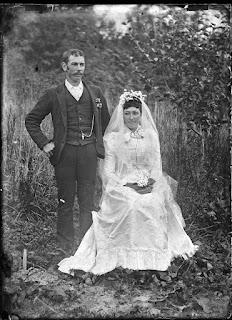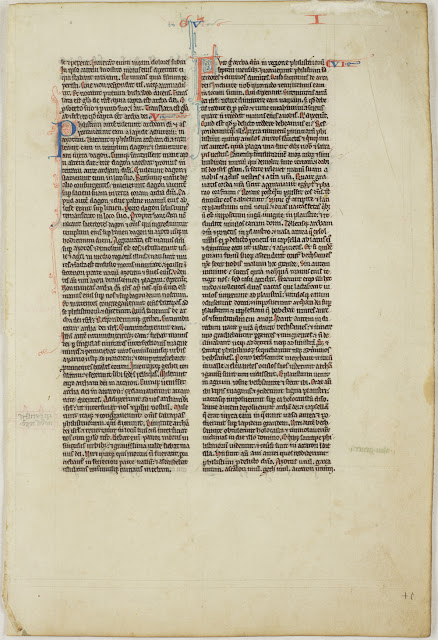Colonial Tinder

Matrimonial agencies and personal ads were the colonial era equivalent of today’s dating apps like Tinder. In 1885 the owner of Auckland’s only agency , Thomas Hannaford, claimed to have found 115 wives for socially isolated men. He was particularly proud of encouraging “many respectable English girls to wed Maori Chiefs” who were subsequently “living lovingly together”. He felt his match-making skills helped promote “the fusion of the races” and he petitioned Parliament to recognise his expertise in this area ( Star , 16 July 1885 ). Ref: Charles Dawes, Unidentified wedding couple, 1890s-1900s, Sir George Grey Special Collections, Auckland Libraries, 1142-D441. Hannaford started finding potential life partners for gentlemen in 1868. He also married people at “any day or hour they like.” His Queen Street offices were open for business between 10.00 am and 9.00 pm. Although scandal didn’t brew over such quickie marriage ceremonies here; in Australia, Holt’s Matrimonial Agency wa...


